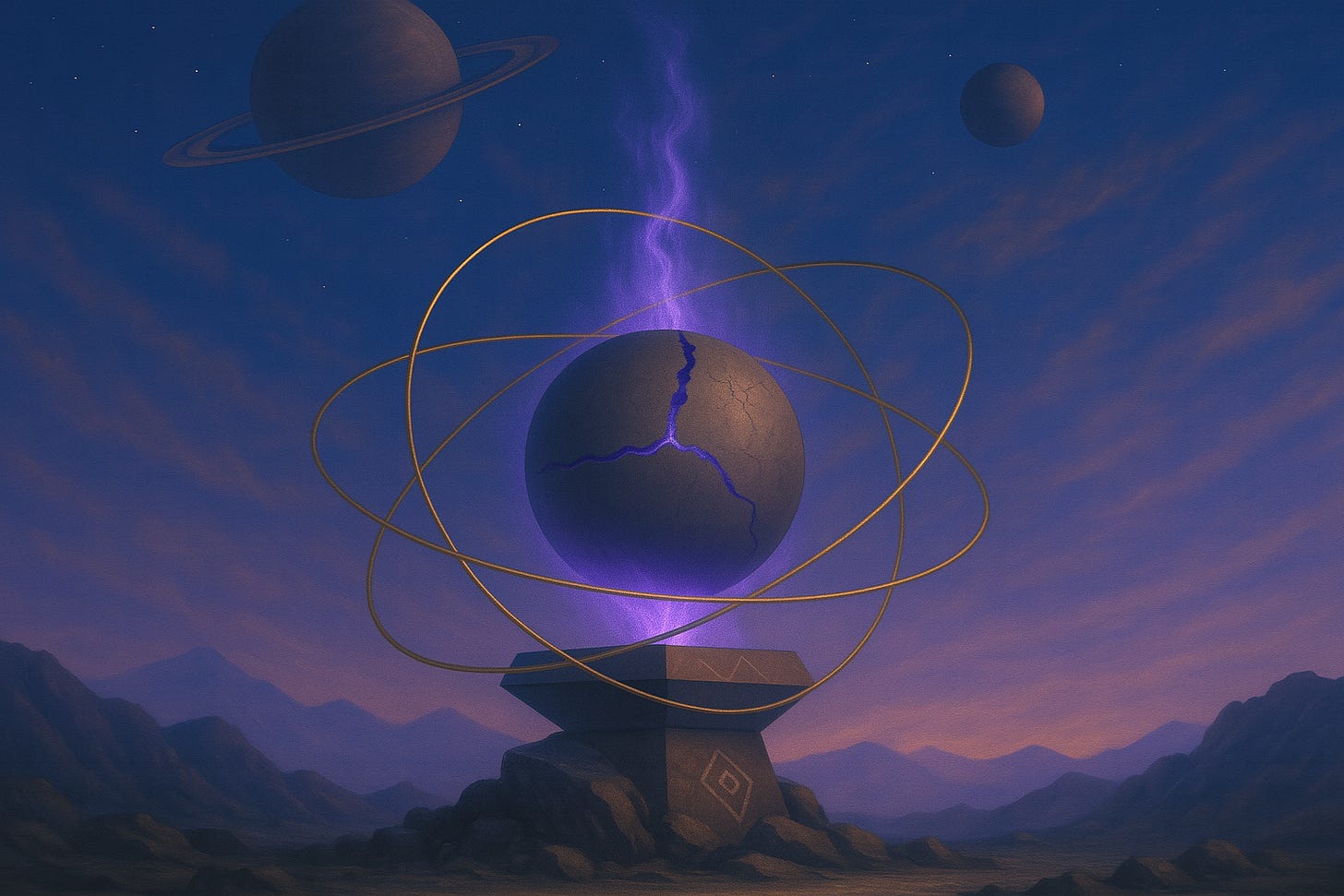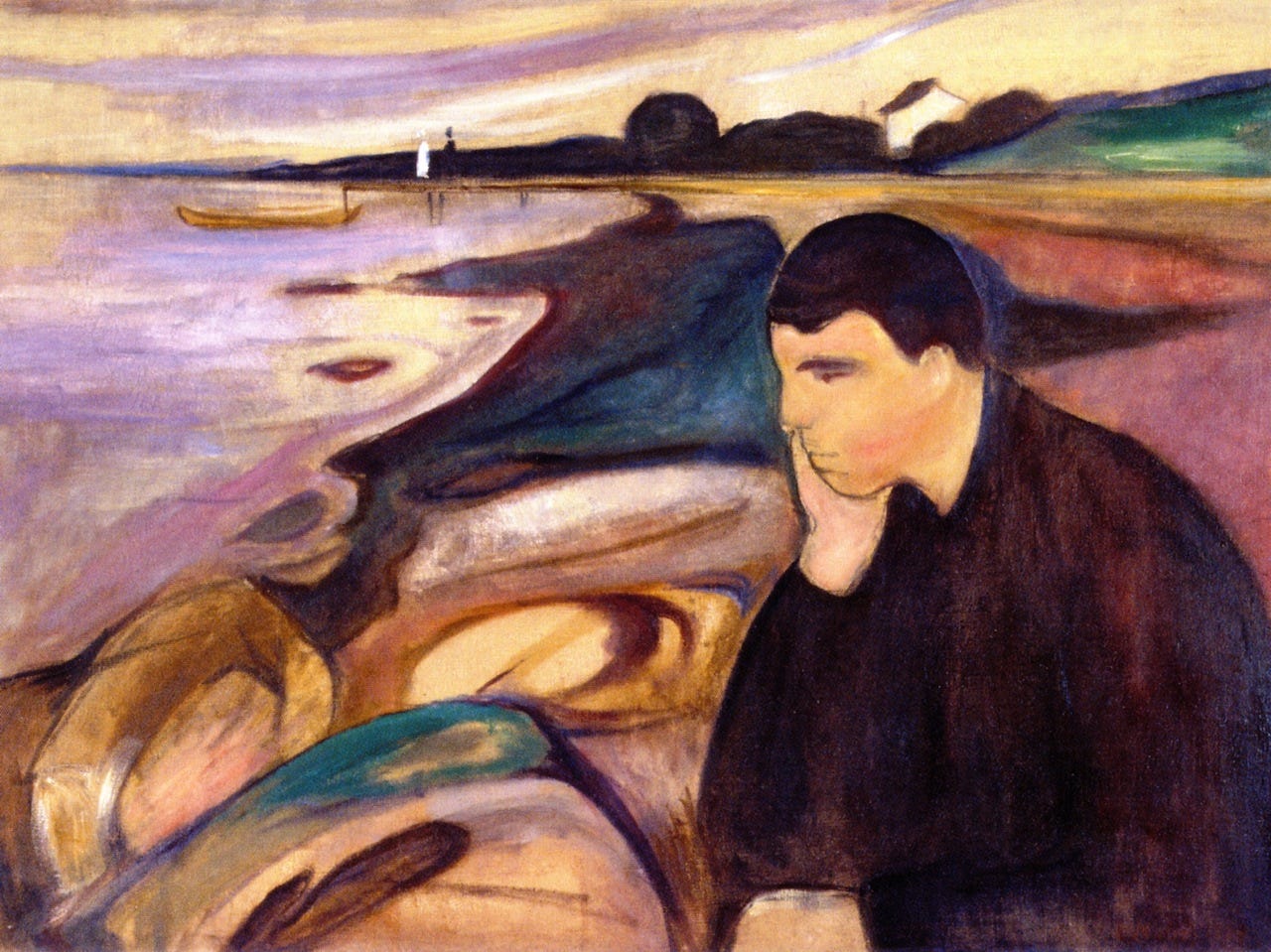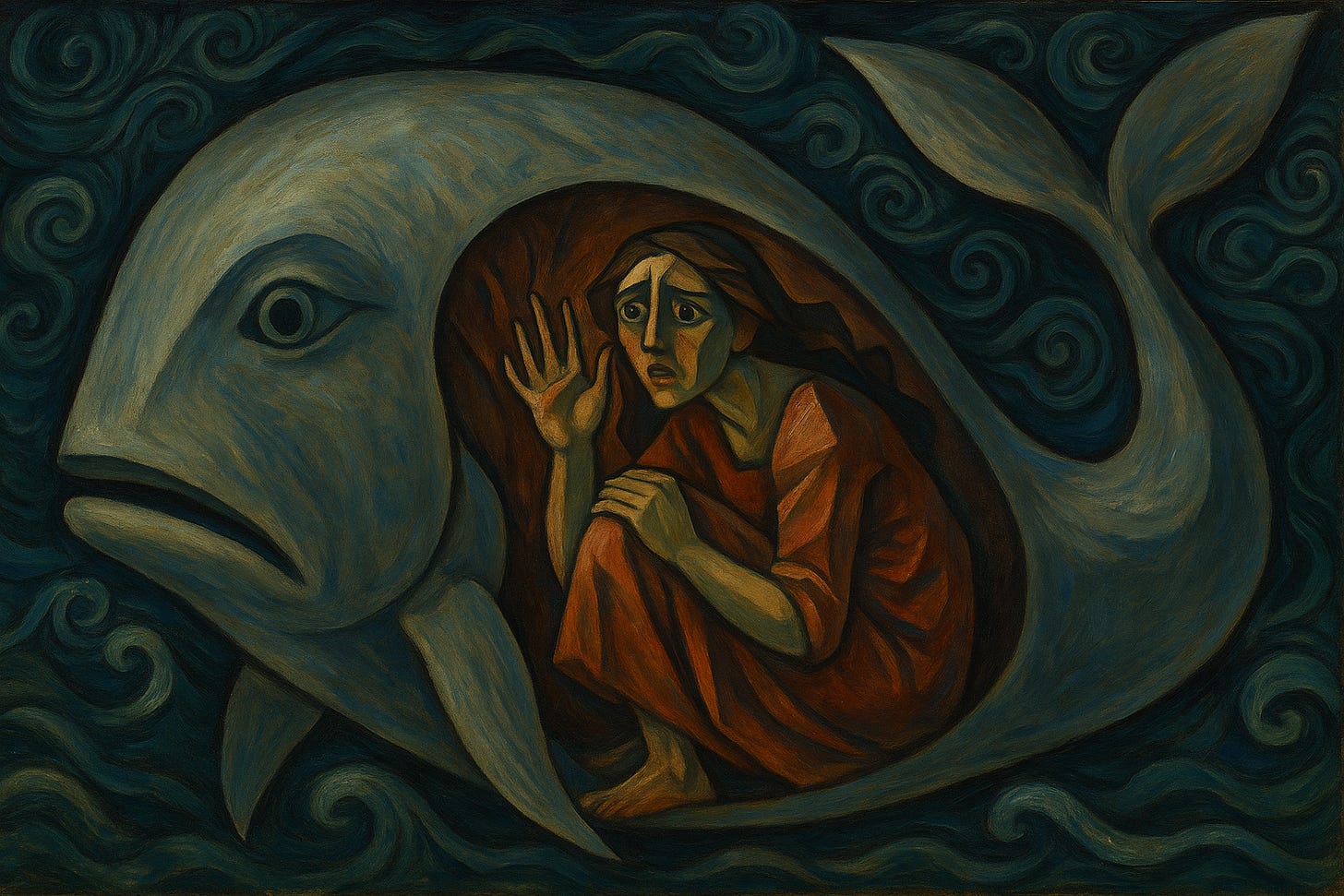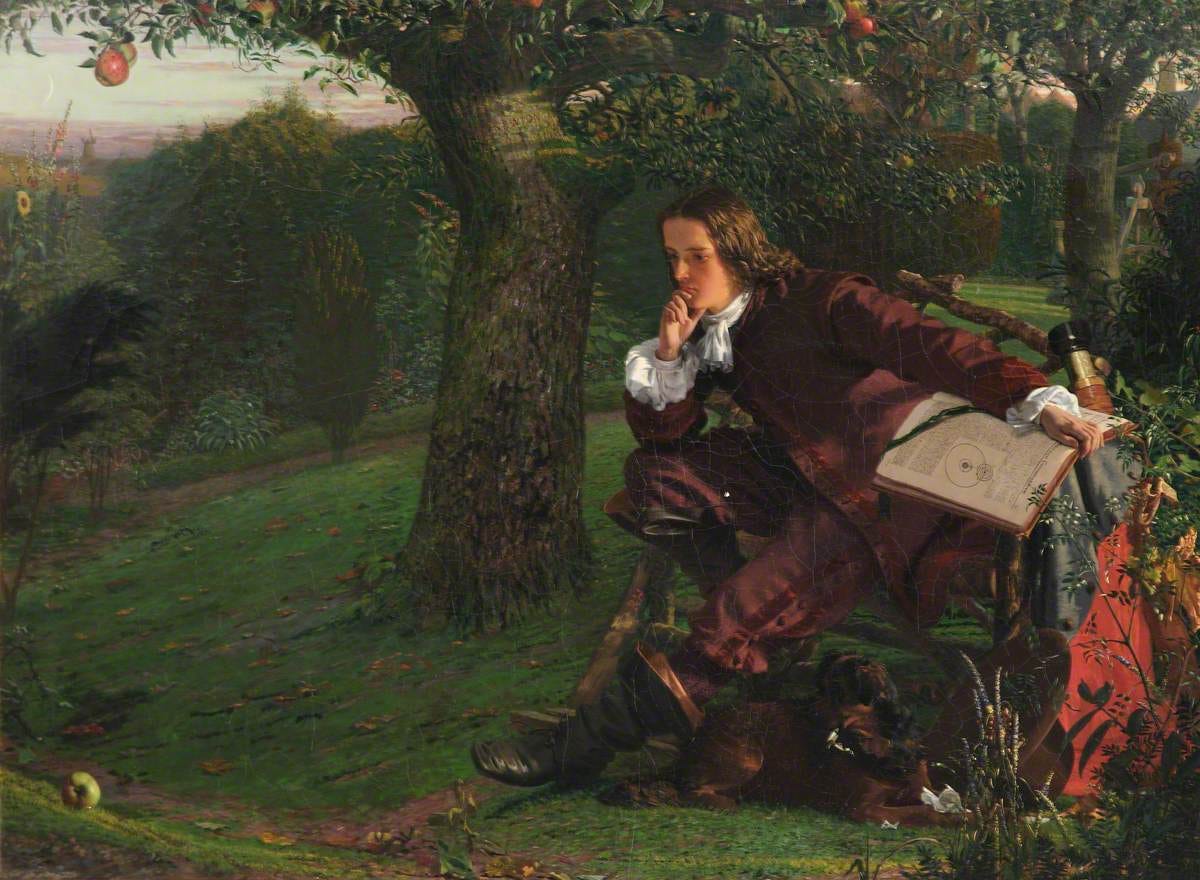While some may disagree, I believe we’re living in the best of times. My life today, in the vibrant dynamism of New York City is worlds apart from that of my ancestors who walked the grounds of colonized India just a few generations ago. I don’t know this from genealogical records; most Indians don’t. Our lineages were rarely documented and if they survived at all, it was through fragile threads of oral memory. But I know it through my grandfather, who rose from dire poverty in the 1950s and left India to build a life in Japan. If it weren’t for his courage and entrepreneurial spirit, I might not be writing this from a café in downtown Manhattan, I might be searching for food in the narrow alleys of Dharavi, Mumbai’s largest slum.
And you don’t have to take it from me. Despite the steady stream of gloom and doom in our feeds and headlines, evidence indicates that history is not on a downward trajectory, but rather an upward one. According to Hans Rosling, author of Factfulness: Ten Reasons We're Wrong About the World and Why Things Are Better Than You Think, humanity has made tremendous progress:
Extreme Poverty: In 1800, approximately 85% of the world's population lived in extreme poverty. Today, that figure has decreased to about 9%.
Child Mortality: The global child mortality rate has declined from 44% in 1800 to 4% in recent years.
Girls' Education: Currently, 90% of girls worldwide complete primary school.
Global Literacy: Literacy rates have improved dramatically, with the global literacy rate now exceeding 80%.
Life Expectancy: Global life expectancy has increased from 31 years in 1900 to over 70 years today.
It’s worth noting that some of these figures—especially those related to education and literacy—are rising exponentially, fueled by the democratization of paradigm-shifting tools like large language models (LLMs). As techno-philosopher Ray Kurzweil put it in his Law of Accelerating Returns: “We won’t experience 100 years of progress in the 21st century, it will be more like 20,000 years of progress (at today’s rate).”
As Kurzweil maps the speed of progress, Ray Dalio, the guy who founded and built the world’s largest hedge fund zooms out to its shape. In his book Principles for Dealing with the Changing World Order, Dalio reminds us that evolution doesn’t move in straight lines, but in spirals—an upward corkscrew where pain and progress are intertwined.
Dalio writes:
“Evolution is a relatively smooth and steady improvement because the gaining of knowledge is greater than the losing of knowledge. Cycles on the other hand move back and forth, producing excesses in one direction that lead to reversals and excesses in the other, like the swinging of a pendulum. For example, over time our living standards rise because we learn more, which leads to higher productivity, but we have ups and downs in the economy because we have debt cycles that drive actual economic activity up and down around that uptrend. These evolutionary and sometimes revolutionary changes around the trend are not always smooth and painless. Sometimes they are very abrupt and painful as mistakes are made, learning occurs, and better adaptations result.
Together evolution and cycles make the upward corkscrew-type movements that we see in everything—wealth, politics, biology, technology, sociology, philosophy, etc.”
But progress alone cannot measure a life. Beneath the upward graphs and exponential leaps, something ancient stirs…
The Ache and the Alchemy of Now
The soul is crying. As if facts could soothe the inner child who longs for more, who yearns to be seen, who dreams of a time stretched between nostalgia and transcendence. But they’re not enough. Facts are facts. Feelings are feelings. And yet... feelings, too, are facts:
Loneliness: 33% of adults worldwide report experiencing feelings of loneliness, equating to nearly one in three individuals globally.
Depression: From 1990 to 2019, the number of individuals diagnosed with depression worldwide rose by nearly 60%, escalating from approximately 182 million to over 290 million cases.
Anxiety: Between 1992 and 2021, the global number of anxiety disorder cases increased by 73.4%, with age-standardized incidence rates rising by 21.2%.
Suicide: In the United States, over 49,000 people died by suicide in 2023, equating to one death every 11 minutes.
Lack of Meaning: Over half of young adults (58%) said they had experienced little or no purpose or meaning in their lives in the previous month.
These are not anomalies, they are signals. They tell us that the human psyche is not at ease. That the soul is not something progress can bypass. We may have cured plagues and built skyscrapers, but we have yet to fully understand the art of living. Beneath the graphs of global progress lies another terrain entirely: the emotional, spiritual, and symbolic reality of the human experience.
We've gained more than we ever dreamed: comfort, longevity, tools that border on magic. But still, something aches. And it makes you wonder: what is all this evolution for? If it doesn’t deliver happiness…maybe it’s delivering something else?
Maybe it’s delivering depth.
Maybe it's not about feeling good, but about feeling fully.
Maybe evolution isn’t a straight path toward pleasure but a spiral toward awareness.
If so, we may be right where we need to be: not at the peak of progress, but in the belly of the whale. According to Joseph Campbell, the man who introduced the world to the monomyth—what most of us know as the hero’s journey—this stage marks a moment of symbolic death.
It is here, in the belly, that the old self begins to dissolve. The roles, the identities, the inherited maps, they no longer hold. The shadows rise. Time slows. Something buried and long forgotten in the depths of the soul begins to be re-membered.
This is when the breakdown leads to the breakthrough. In essence, an initiation is underway.
The belly of the whale is where we meet the parts of ourselves we’ve exiled, where we harvest the raw material of darkness, not to stay there, but to re-emerge with new vision. We don’t yet know what it will become but we can feel its pressure.
History has held moments like this before.
Galileo and the Shattering of the Sky
One such moment arrived in the early 1600s, when a man named Galileo Galilei tilted a telescope toward the heavens and saw something no one was supposed to see.
The world Galileo was born into was steeped in superstition, fear, and fixed hierarchy. Illness was often seen as divine punishment. Comets were harbingers of doom. Witches—often women who healed, dreamed, or simply lived outside social norms—were burned at the stake. The Church governed not just the soul, but the stars. To question the cosmos was to question God.
The prevailing cosmology placed Earth at the center of a perfect, divine order. The Sun, Moon, and stars moved in flawless concentric spheres around a motionless Earth. This wasn’t just a scientific model, it was a metaphysical anchor. It told people where they stood in the grand hierarchy of existence: at the center, beneath the angels, above the beasts. There was comfort in its symmetry. Certainty in its stillness.
But in 1543, a quiet rupture began with the publication of Nicolaus Copernicus’s On the Revolutions of the Celestial Spheres. He proposed something unthinkable: that the Earth was not the center of the universe, but orbited the Sun like the other planets. His theory was mathematically elegant, but spiritually subversive, and it was largely ignored or dismissed at the time.
Nearly seventy years later, Galileo picked up the thread and pointed a telescope into the sky.
What he saw shattered the old story: moons orbiting Jupiter, mountains on the Moon, countless stars invisible to the naked eye. The heavens were not perfect, they were flawed, textured, alive with motion. And if other bodies could orbit something other than Earth... then maybe Earth wasn’t the center at all.
It was a revelation that cracked open the very frame through which humanity had understood its place in the cosmos.
The Church, threatened by the implications, charged Galileo with heresy. In 1633, he was forced to recant under threat of torture. Legend says that afterward, he whispered the infamous words: “E pur si muove.”—And yet, it moves.
Galileo’s punishment marked the cost of truth in a world not yet ready to stretch. But the crack had already formed.
What followed was the Enlightenment, a sweeping turn toward reason, logic, and human autonomy. The spell of superstition had been broken. The human mind was free to inquire.
The Cartesian-Newtonian Split
And yet, in gaining this freedom, we lost something too.
In the rush toward reason, we began to turn away from the unseen. The Church was no longer the sole authority, but in its place rose a colder one: mechanism.
In 1637, just a few years after Galileo’s trial, French philosopher, René Descartes published a phrase that would echo through centuries:
“Cogito, ergo sum.”
I think, therefore I am.
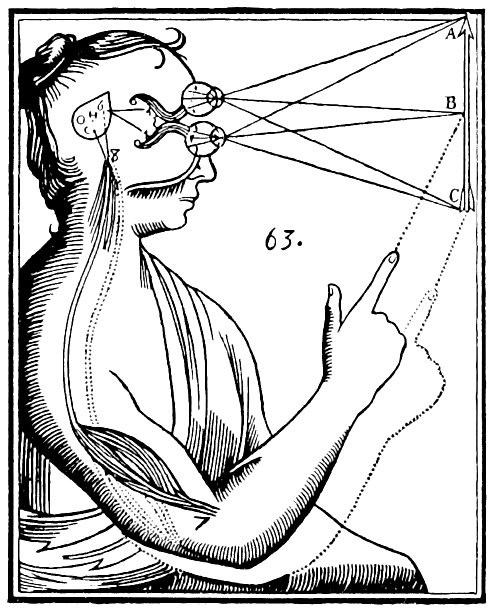
It sounds empowering, almost liberating. But embedded in that phrase was a rupture. A division between mind and body, self and world, subject and object. Matter became inert. Nature became machine. The soul, once embedded in the cosmos, was quietly exiled to the private chambers of human thought.
This wasn’t just a philosophical shift, it was a metaphysical reordering.
Then came Newton.
With the publication of his Philosophiæ Naturalis Principia Mathematica in 1687, Newton gave us the laws of motion and gravity, sealing the cosmos into a giant mechanical system. The world was no longer animated with purpose, meaning, or spirit. It became a closed loop of cause and effect. Predictable. Controllable. Separate.
This was the rise of the clockwork universe: a cosmos that ticked forward with precision, governed by immutable laws. Beautiful in its order, but stripped of life. The stars no longer sang. The Earth no longer spoke. Nature became a system to be decoded, not a presence to be communed with.
The cost of this clarity was connection.
The price of certainty was mystery.
And while this shift enabled dazzling feats of progress from medicine to modern physics, it also gave rise to a psychic wound we still carry. A disenchanted world is a lonely one. We became brilliant observers of the cosmos, but forgot how to belong to it.
The Call for Re-Enchantment
But beneath the precision and predictability, something in us remembers.
A faint echo stirs from before the split. Before the soul was severed from the stars. Before mystery was banished in favor of mastery.
Because the psyche never stopped dreaming.
Even as we mapped the orbits of planets and unlocked the double helix, the human soul kept seeking not just information, but orientation. Not just data, but meaning.
We are not just observers of the cosmos. We are co-creative participants in its unfolding. And in moments of crisis, the call to re-member that truth grows louder.
Even the scientific worldview is shifting. Quantum physics has shown that matter is not fixed but probabilistic, that observation alters reality, and that everything is entangled in ways we are only beginning to understand.
Thus, we stand today at the threshold of a great turning: not away from science, but toward a fuller science, one that includes the inner world alongside the outer, the symbolic alongside the empirical, the soul alongside the system.

This is where archetypal cosmology enters.
A discipline that bridges the precision of astronomy with the poetry of myth.
It draws from depth psychology, ancient mythology, and the movements of the planets, not to reduce life to a formula but to illuminate it as a living story.
It helps us see history as pattern, and the self as constellation.
It does not reject reason, it deepens it. It does not erase science, it re-enchants it.
Because to evolve now is not just to know more. It is to feel more. To imagine more. To see ourselves, at last, not as mere stardust but as creative stewards of a universe still becoming.
Numinous Realm: A Home for the Soul in a Time of Acceleration
We created Numinous Realm for this exact moment in history. For those who feel the ache, sense the turning, and refuse to abandon either progress or mystery.
This is not a retreat into the past, nor a blind leap into the future. It is a return to what has always been true: that the human being is not just a consumer of data or a node in a system, but a living symbol, a myth in motion.
At Numinous Realm, we’re building a sanctuary for this re-enchanted way of seeing. A space where cosmology is not confined to textbooks, but felt in the rhythms of our lives. Where your psyche is not a problem to fix, but a mystery to participate with. Where the symbolic meets the scientific, not as opposition, but as dialogue.
We believe we are standing at a threshold. And we’re not alone.
There are thousands, perhaps millions, across the globe waking up to a deeper pulse beneath the surface of things. People who sense that the future of humanity won’t be built solely on optimization, speed, or performance but on the integration of intellect and intuition, spirit and matter, feminine and masculine.
This is our corner of that movement. A signal through the noise. A home for the soul in a time of acceleration.
If this resonated with you, let us know. We’d love to love to hear what it awakened in you.
Join us on YouTube as we gear up to take you on a re-enchanting ride through cosmos, culture, and consciousness.
And stay tuned! A transformative opportunity is just around the corner...If you are excited to be a business or creative leader in this new era, we've got something just for you.
Welcome to the Age of Re-Enchantment.
It’s an honor and a blessing to share this evolutionary path with you.
In Mystery,
Somya Desai
Co-Founder, Chief Cosmologist & Community Architect




